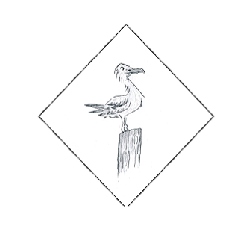DISCLAIMER: These opinions and views are those of the individuals concerned and not those of the University of Southampton.


TEMPORAL PONTOON SURVEY:
Discussion and Conclusions:
The temperature shows a maximum value at the shallowest depths of the estuary due to the heating of surface waters by the Sun.
The salinity increases as depth increases as the more saline, denser seawater of the estuary sinks below the fresh, less dense river water.
No correlation was observed in the profile of pH against depth which was expected, as a change in pH is only likely to be detected at depth with the input of a different body of water.
The concentration of dissolved oxygen decreases as depth increases due to the oxygenation of water as a result of photosynthetic processes by phytoplankton which are able to photosynthesise at a depth where there is photosynthetically active radiation (PAR). Furthermore, an increased salinity which causes the solubility of oxygen to decrease, microbial decomposition and the lack of contact with the atmosphere for the diffusion of oxygen means that dissolved oxygen concentration is lower at depth.
The flow decreased at a depth of between 3-
Light availability decreases at an exponential rate as depth increases; this is due
to the attenuation of light in water. Chlorophyll-
The chlorophyll concentration (mgL-
Irigoien, X & Castel, J (1997). Light Limitation and Distribution of Chlorophyll
Pigments in a Highly Turbid Estuary: the Gironde (SW France). Estuarine, Coastal
and Shelf Science. 44. 507 -
| Results and Discussion |
| Results |
| Discussion and Conclusion |
| Results |
| Discussion and Conclusion |
| Results |
| Discussion and Conclusion |
| Methodology Continued .. |